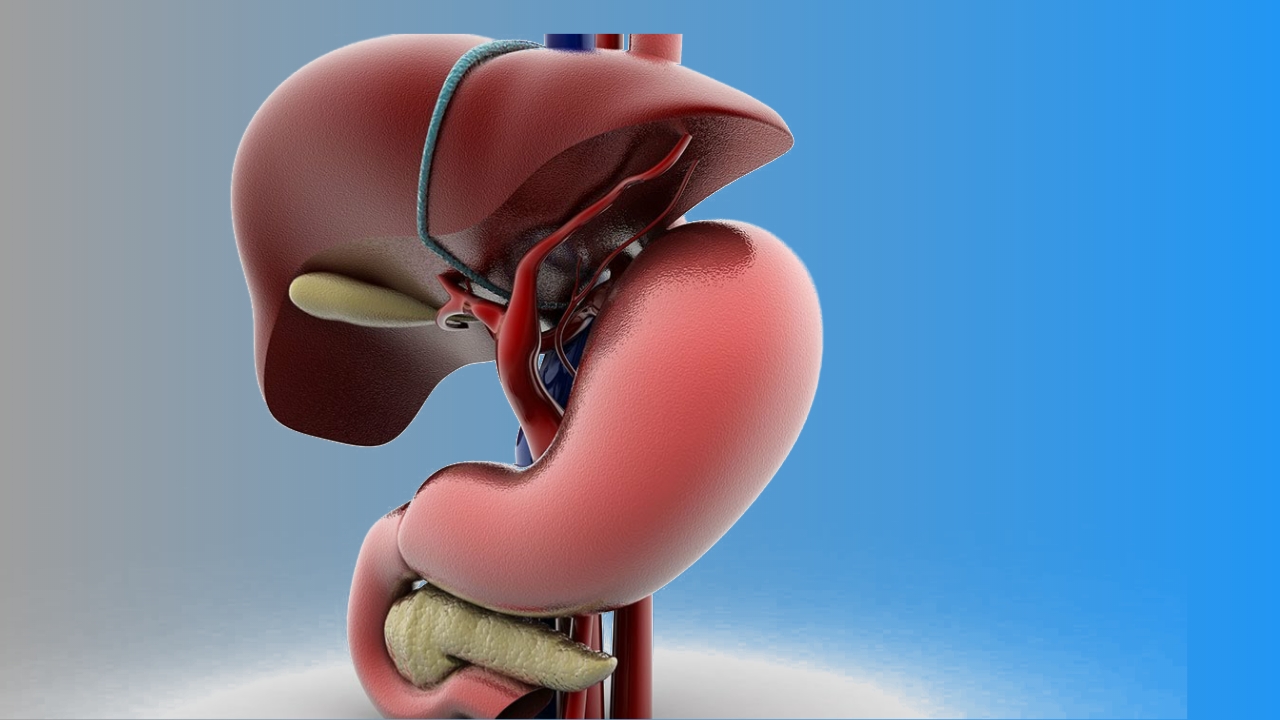It is a secretory as well as the excretory product of the liver. The common bile duct takes the bile juice for the duodenum. Bile is continuously synthesized in the liver but the entry of bile takes place only after ingestion of food.
Composition of bile juice
About 500ml of bile is secreted daily by the liver and it consists of water, inorganic salts like chlorides, phosphates of sodium, potassium, and calcium. It also contains bile salts namely sodium taurocholate and sodium glycocholate. It also contains bile pigments bilirubin and biliverdin as well as cholesterol.
Functions of bile juice
- Fat digestion: It helps in complete digestion of fat by fats by activating the enzyme lipase. It is also solvent for fats and fat splitting enzyme. Bile also helps in the absorption of fat, carbohydrates and protein.
- Absorption: It mainly helps in the absorption of fat soluble vitamins and other substances like calcium and iron.
- Buffer action: Bile contain mucin which acts as buffer.
- Excretion: some heavy metals, toxins, bacteria, cholesterol and lecithin are excreted by bile.
- cholagogue: Bile stimulates biliary section. This is known as cholagogue action.
- Secretagogue: Bile stimulates secretin, a local hormone which stimulates pancreatic, biliary and intestinal secretions.
